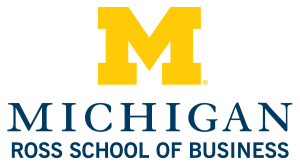Late in 2020, ImmunVX, a fictional, multinational vaccine company, was among the leaders in developing a vaccine against the COVID-19 virus. It had accepted several government grants to help with the costs of developing the vaccine more rapidly. The company had a limited in-house manufacturing capacity yet had accepted orders from multiple governments that far exceeded its ability to meet those orders for at least the next three years. The company could increase its output by using contract manufacturing and/or by partnering with another large pharma company, though each option lowered the per-unit profit margin.
ImmunVX was proud of its relationships with high-, middle-, and low-income countries and accepted the variable profit margins from these different markets. However, it had taken on significant debt in recent years due to acquisitions and R&D costs. As a consequence, it had incentivized its employees to focus on improved profit margins to repay those debts and improve the equity value to satisfy shareholders.
The challenge of this case lies in the discussion of a strategy that reconciles the needs of different stakeholders. An attempt to prioritize stakeholders in a simplistic way illustrates the weakness of thinking in terms of “or” rather than “and”. Thinking about “and” reframes the discussion to accept a decrease in short-term profit that might lead to longer-term gains. The case lends itself to a higher-level analysis using the PESTEL (Political, Economic, Social, Technological, Ethical and Legal) framework to identify macro-environmental factors that help guide a decision.

